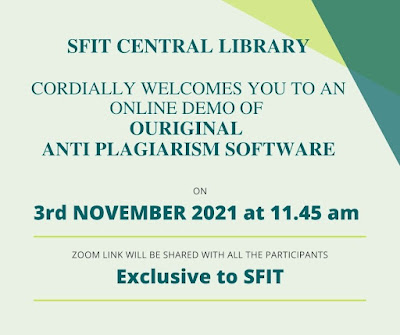The Scope of the UGC-CARE List
- UGC-CARE has taken the responsibility of preparing the “UGC-CARE Reference List of Quality Journals” (UGC-CARE List).
- A list of Indian journals, especially from disciplines of Arts, Humanities, Languages, Culture and Indian Knowledge Systems is being prepared and updated quarterly (UGC-CARE Group I).
- The UGC-CARE List includes journals from all disciplines indexed in globally accepted databases, such as indexed in Scopus (Source list) or Web of Science (Arts and Humanities Citation Index Source Publication, Science Citation Index Expanded Source Publication, Social Science Citation Index Source Publication). These journals are to be considered for all academic purposes. Journals indexed in Scopus and / or Web of Science are part of UGC-CARE List Group II.


